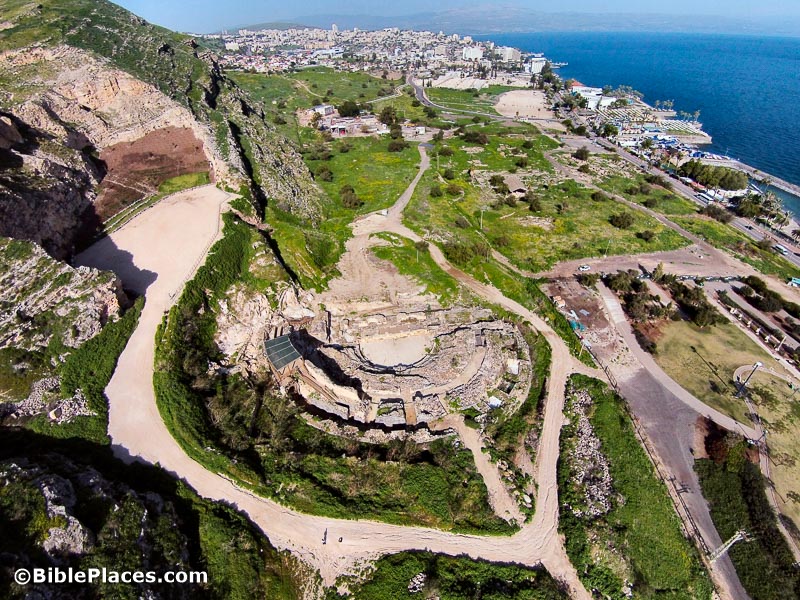Archaeologists have excavated a dolmen on the Golan Heights that is unique because of its large size and artistic decorations. The capstone weighs about 50 tons. You can watch a 2-minute video here.
Two large pharaonic statues, believed to be from the 19th dynasty, have been found near the ruins of Ramses II’s temple in Heliopolis. Zahi Hawass has responded to criticism of the rescue work.
Haaretz (premium): “The long-lost wreck of a Crusader ship and sunken cargos dating to the 13th century C.E. have been found in the bay of the crusader stronghold city Acre, in northern Israel.”
The Sea of Galilee is at its lowest level in a century, and it’s only March.
Here’s a short video of the Assyrian palace remains beneath the destroyed Tomb of Jonah.
Jordan’s Department of Antiquities has announced that the lead codices discovered in 2010 have “not been proven to be authentic so far.” James Davila provides a good review of why he (and others) rejects their authenticity.
The New York Times offers a guide to “make the most of the British Museum,” including sections on
“5 Must-Sees,” “Off the Beaten Path,” and “Tips for Visiting.”
The Grand Egyptian Museum is scheduled to open in the middle of next year.
ISD has a sale on two multi-volume archaeology works: The Oxford Encyclopedia of the Bible and Archaeology, ed. Daniel M. Master (was $395; now $150); The Oxford Companion to Archaeology, ed. Neil Asher Silberman (was $595; now $99; sold out?).
The new Cultural Backgrounds Study Bible is for sale on Kindle now for $3.99.
Purim begins at sundown. You might want to grab the kids and read them the book of Esther. Or check out the Maccabeats’ interpretation.
HT: Explorator, Joseph Lauer, Agade, Ted Weis, Charles Savelle, Bill Soper








